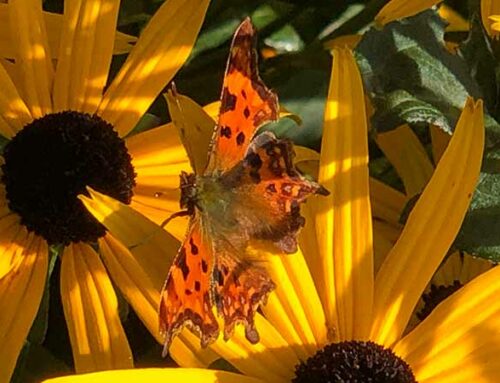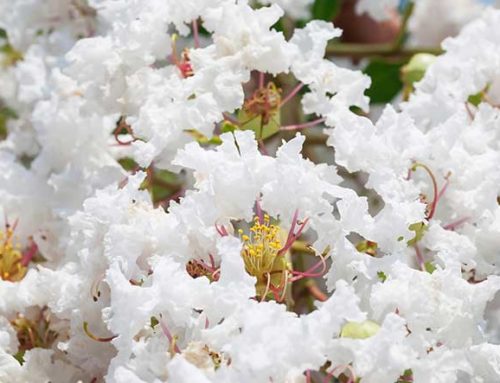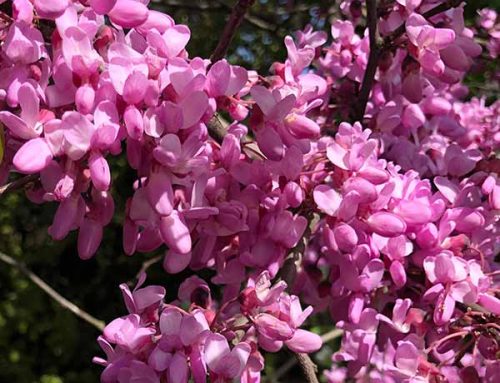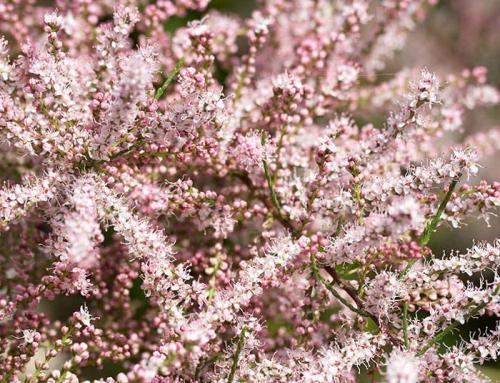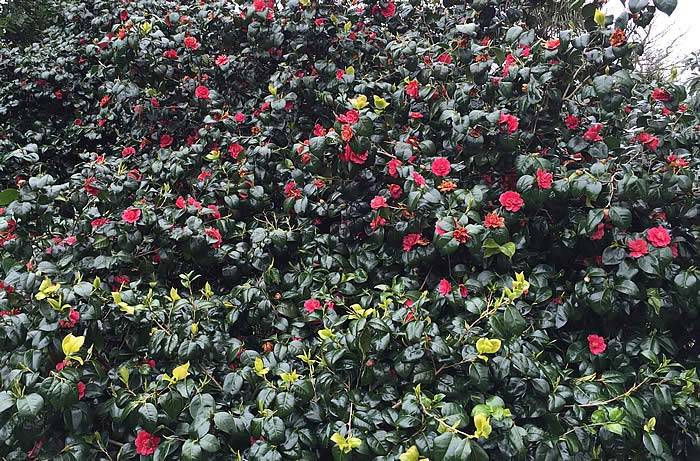
Camellias in Britain – an informal history
Now that spring is in full flight and Camellias are in bloom all around us, it is natural to wonder how these exotic beauties first came to British shores. While in its native China and Japan, stories of the camellia plant and its use in society go back many thousands of years, the history of camellias in Britain dates back only to the 1700s. Its introduction owes much to the East India Company, as it was then known, and its many ships which brought back new discoveries and exotic treasures from far flung lands. The camellia genus originates from Eastern Asia, China and Japan mainly, where they grow wild in abundance.
Records suggest that the first camellia actually grown in the UK dates from the late 1730s. It is not known which specific variety but it was a single-flowering, red camellia and was grown at Thorndon Hall in Essex, most probably under glass and most probably from seed.
It was a lot later before camellias became more numerous in Britain – the 1790’s in fact. As the tea trade with China grew, more and more East India ships returned to Britain with camellias on board, a journey that would have taken around one year – a long time for a plant to survive at sea! These imports were mainly cultivated varieties (as opposed to wild camellias) from Chinese nurseries that had long being breeding and improving their native camellias.
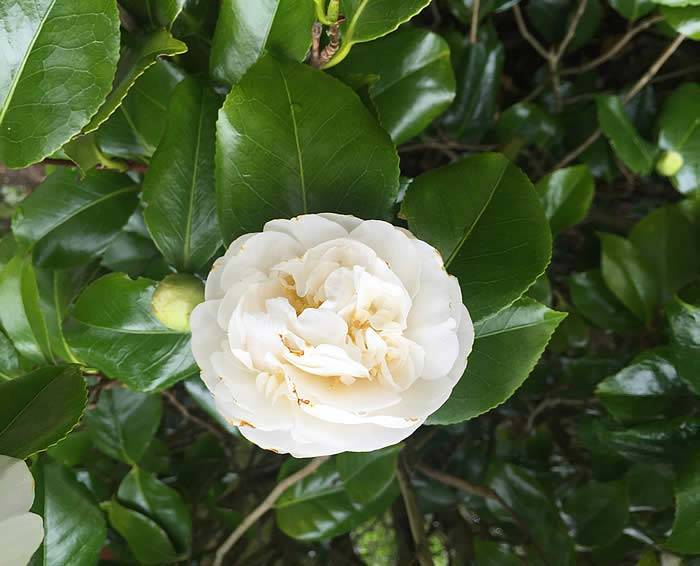
White flowering Camellia Japonica
In 1792, the first varieties to be brought into Britain were Camellia Japonica Alba Plena, a double flowering white and Camellia Japonica Variegata. They were brought by Captain John Corner in his ship East Indiaman Carnatic. They were intended for the ships owner Gilbert Slater. It is widely believe that these two camellias went on to be planted at Chiswick House in the 1820’s.
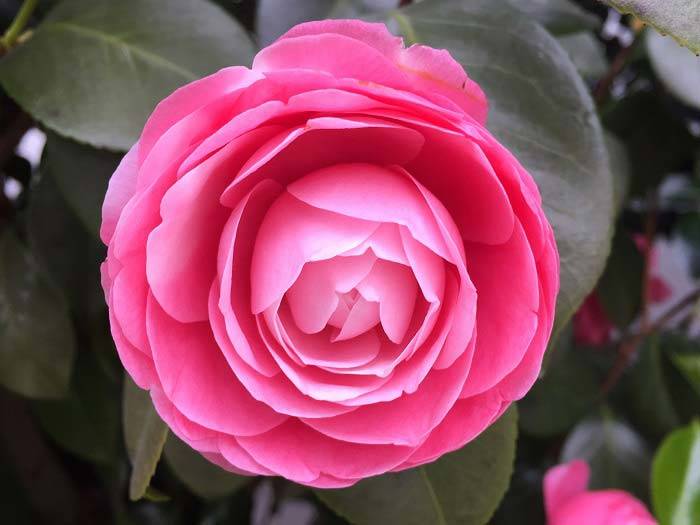
Camellia Japonica Elegans
This was just the beginning. More varieties soon followed and the mid 1800’s saw the arrival of the pink flowering Camellia Reticulata Richard Rawes, named after the captain of the East India ship that carried the precious cargo. Chiswick House in London gradually became home to the most famous collection of Camellia Japonica of the day. The collection is housed under glass in the Conversatory as it was widely believed at the time that camellias were too delicate to be grown outside without protection from British winters. This led to the great conservatories of the Chiswick House gardens in London – now believed to the oldest camellia collection under glass in Western Europe. Camellias in Britain had become so fashionable by 1828, it was decided to replace the exotic fruit originally housed in the Conservatory at Chiswick House with the very ‘in vogue’ camellias. Each spring while the camellias were in bloom, London society of the day would come in their droves to enjoy a stroll through the Camellia Conservatory and marvel at the beautiful exotic blooms. The gardens at Chiswick House are open to the public and admission is free of charge. You will discover many direct camellia descendants of the original plants dating from 1828. These include C. japonica ‘Variegata’, ‘Alba Plena’, among the very first camellias ever to be brought into the country.
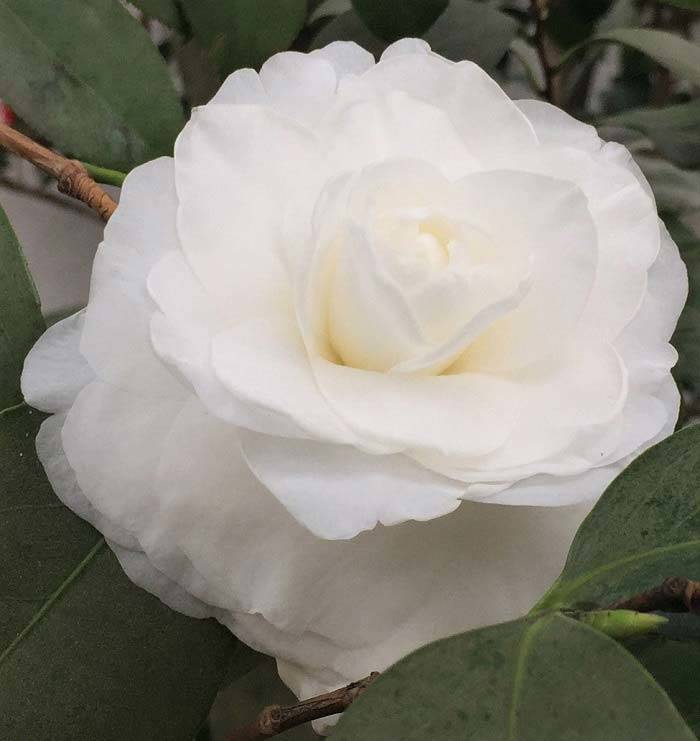
Camellia Japonica Alba Plena in the Conservatory at Chiswick House London
The name ‘Camellia’, as opposed to the Japanese name Tsubaki or the Chinese name Cháhuā (meaning tea flower), was given to the genus in the 18th century, in honour of Georg Joseph Camel (or Kamel in Czech or Camellus in Latin), a Czech missionary and botanist, who did missionary work in the Philippines and also wrote an important treatise on plants of the Philippines in the early 1700’s, although strangely enough he never wrote about camellias!
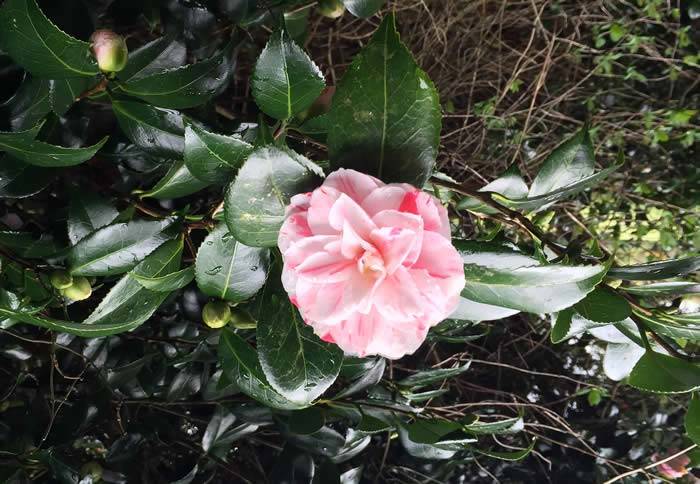
Camellia Japonica – pink variegated flower
The early species of Camellias were always grown under glass in conservatories or glass houses. As such, they were very much a prestige plant. Camellias continued to live under glass until at some point in the second half of the 1800s they were found to be indeed hardy enough to survive the British winter. It was at this point that English nurseries began to breed camellias in this county and their popularity spread to everyone, no longer only the preserve of the wealthy.
The mild climate of Cornwall probably meant that this was the spot where camellias were first grown outside. Evidence of this can be found at the gardens of Tregothnan thought to be the earliest plantings of camellias in the open, and later at Heligan (now the acclaimed Lost Gardens of Heligan).
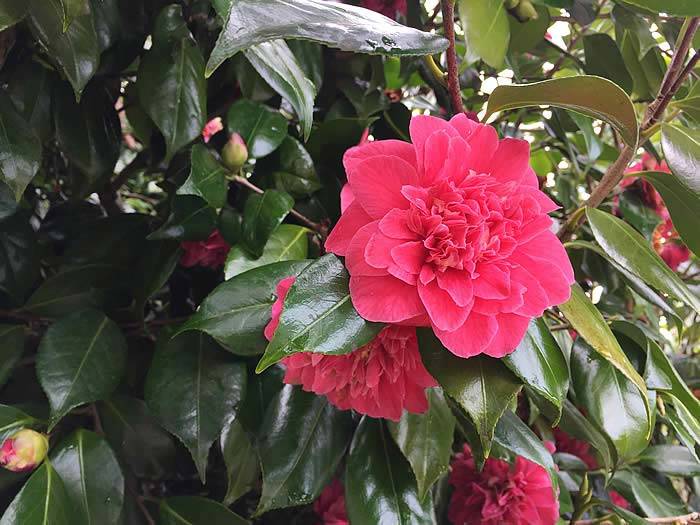
Camellia bush growing in Cornwall
See our earlier post for tips on caring for your camellia…
View our Camellia Collection here…
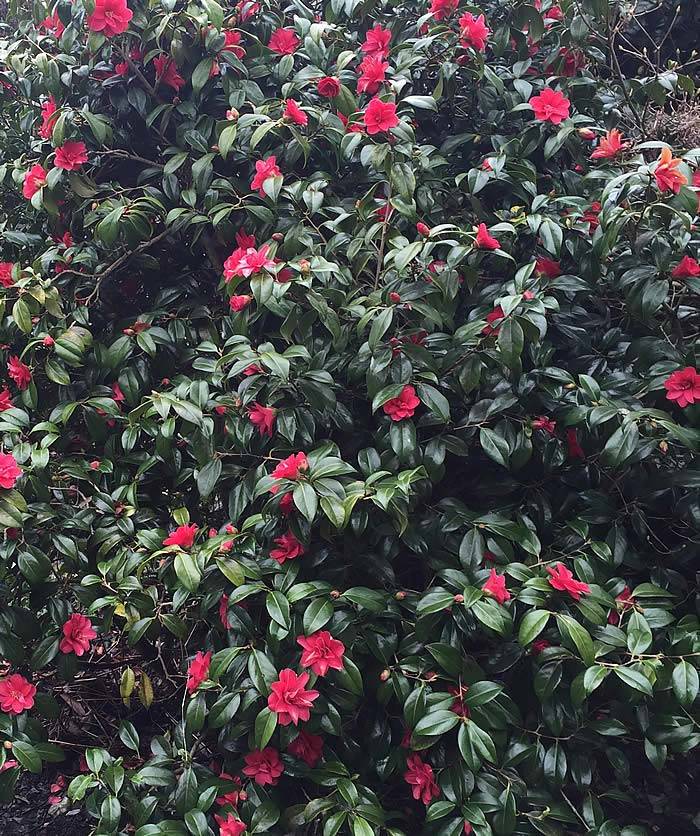
Mature Camellia Bush at the Lost Gardens of Heligan
We welcome your email enquiries, reach out to our expert team –
[email protected]
Paramount Plants – The UK’s Online Specialists For Mature Trees, Shrubs & Plants. Buy Online – we deliver nationwide throughout the UK
Useful contacts –
Camellia Society UK
The Lost Gardens of Heligan
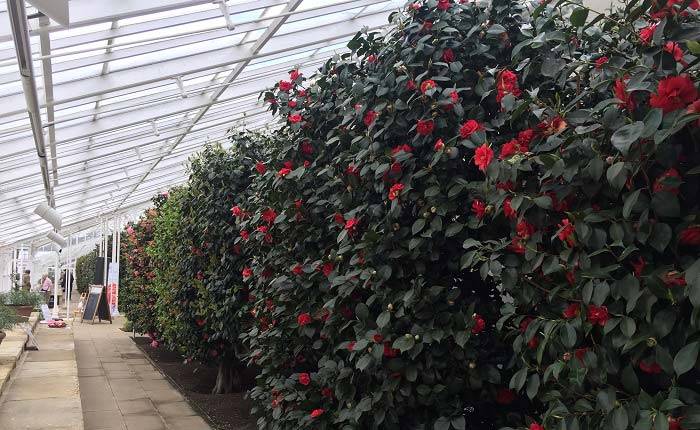
Camellias in Britain had become so fashionable by 1828, it was decided to replace the exotic fruit in the Conservatory in Chiswick House London with the very ‘in vogue’ camellias

